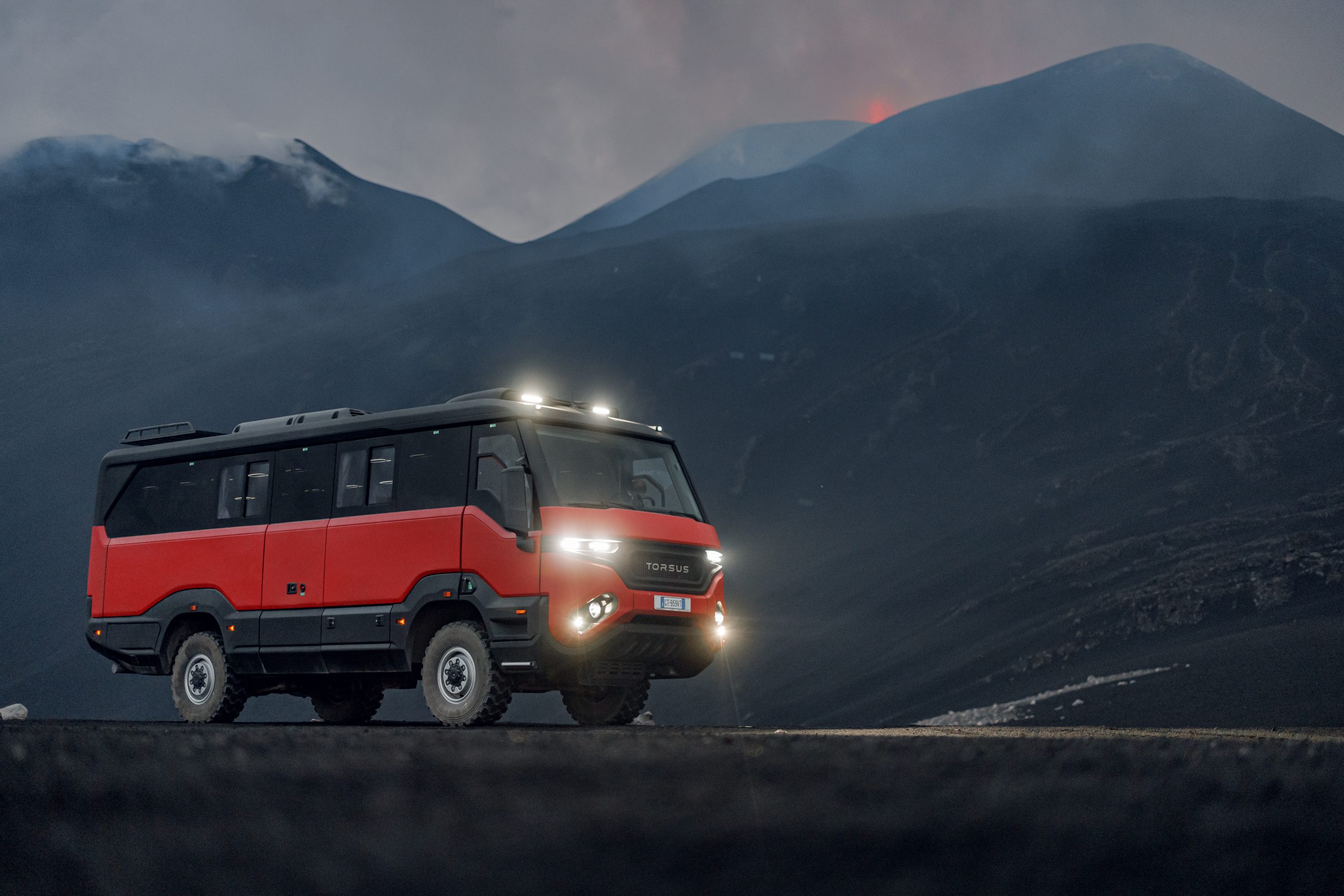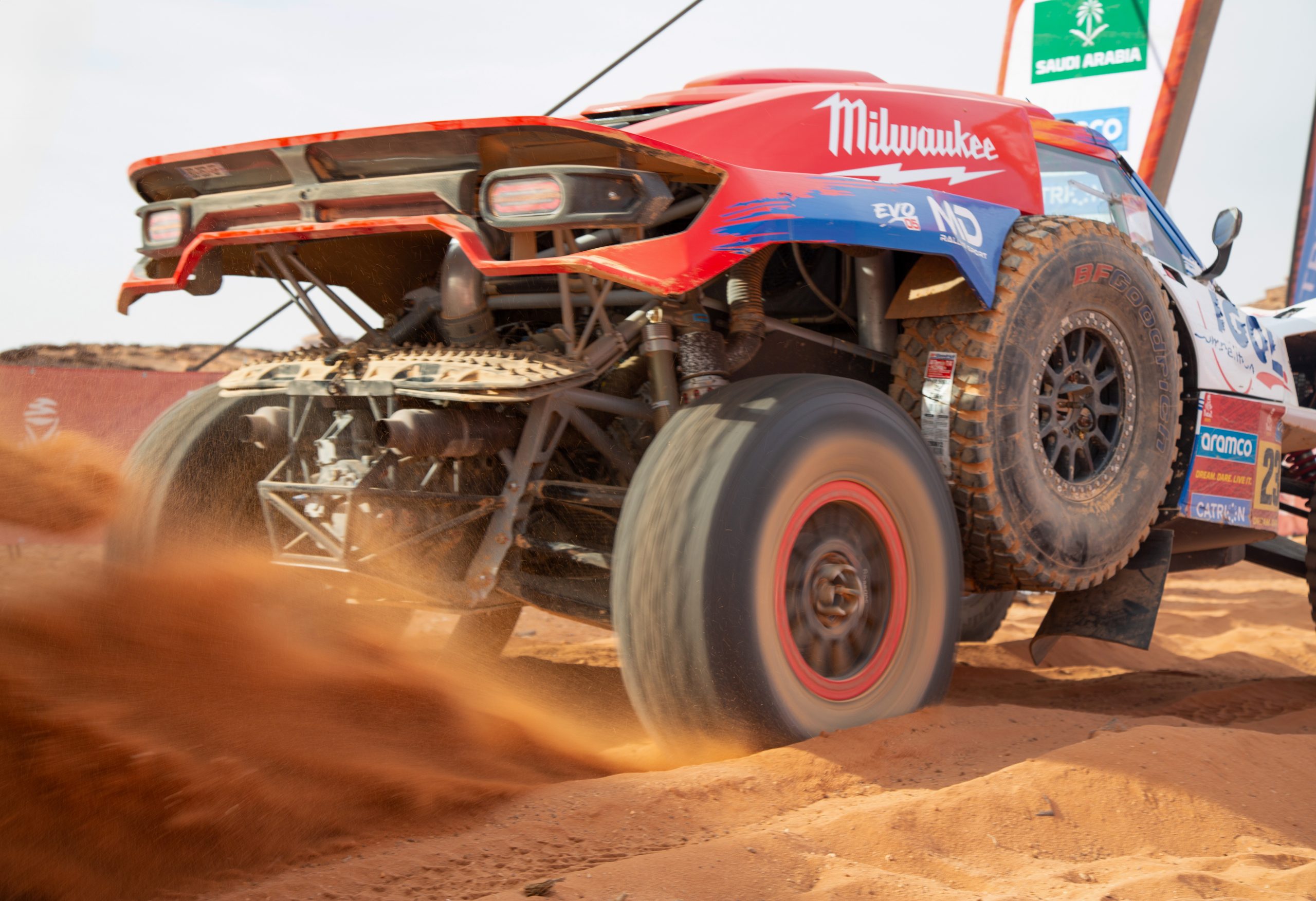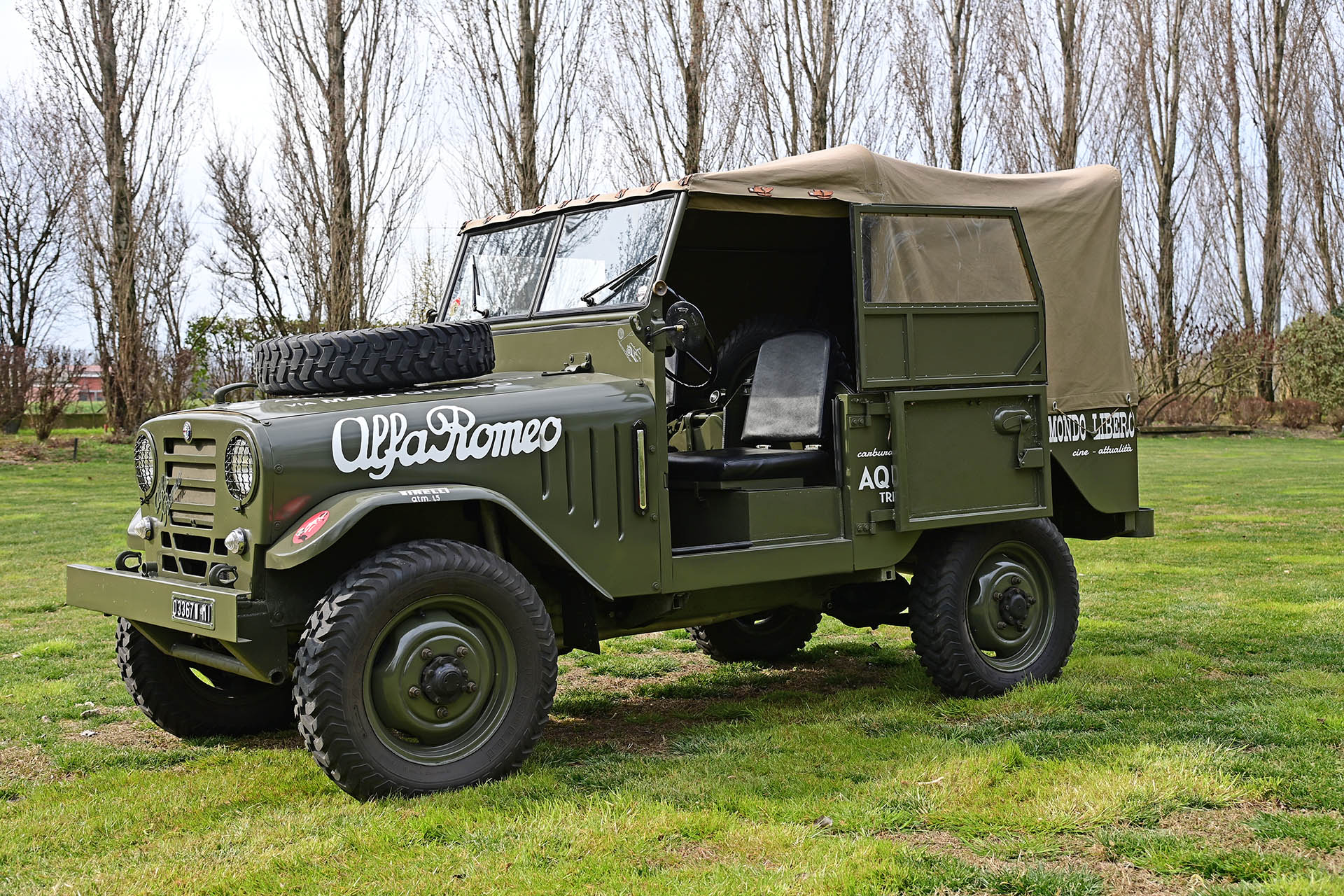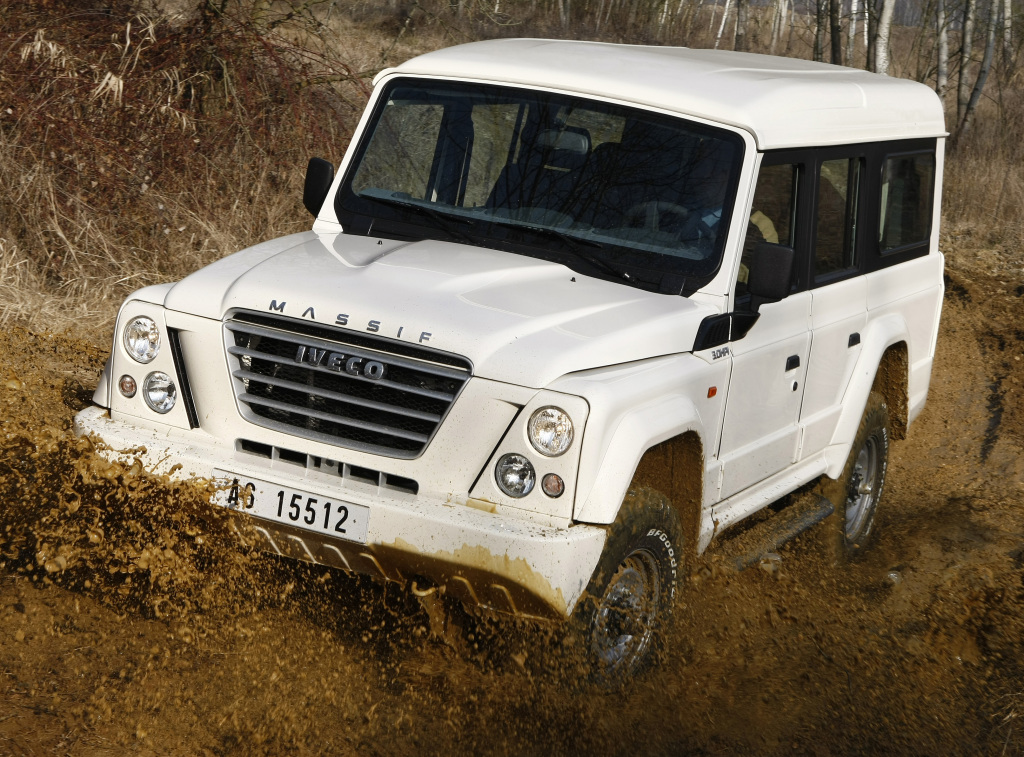On the slopes of Sicily’s Mount Etna, a trio of huge all-terrain buses ferry adventure-seeking tourists up to almost 10,000 feet to watch nature’s fire and fury in action. Meanwhile, at Ukraine’s front line, where humanity’s own capacity for violence is tragically being tested, other vehicles from the same manufacturer serve as ambulances and mobile drone control units.
That manufacturer is Torsus, which, justifiably, claims its Praetorian and Terrastorm are the world’s toughest buses. There are more than 350 Torsus buses in action across the world performing diverse duties in industries from tourism to mining to the military to civilian emergency services.

The founder of the company, Vakhtang Dzhukashvii, is Ukranian, although the company is based in Prague, in the Czech Republic. The onset of war in his home country diverted resources to helping his countrymen and women, but now he is in the UK to showcase the capabilities of his vehicles.
It’s actually a return visit for Torsus, because the 35-seater Praetorian and its smaller sibling, the Terrastorm, were developed here, at the Millbrook Proving Ground an hour or so north of London.
Back in my days of road-testing cars for magazines, I’d occasionally venture out onto Millbrook’s steep slopes and axle-torturing tracks in a 4×4, but never before have I driven anything as large or complex as the Praetorian.
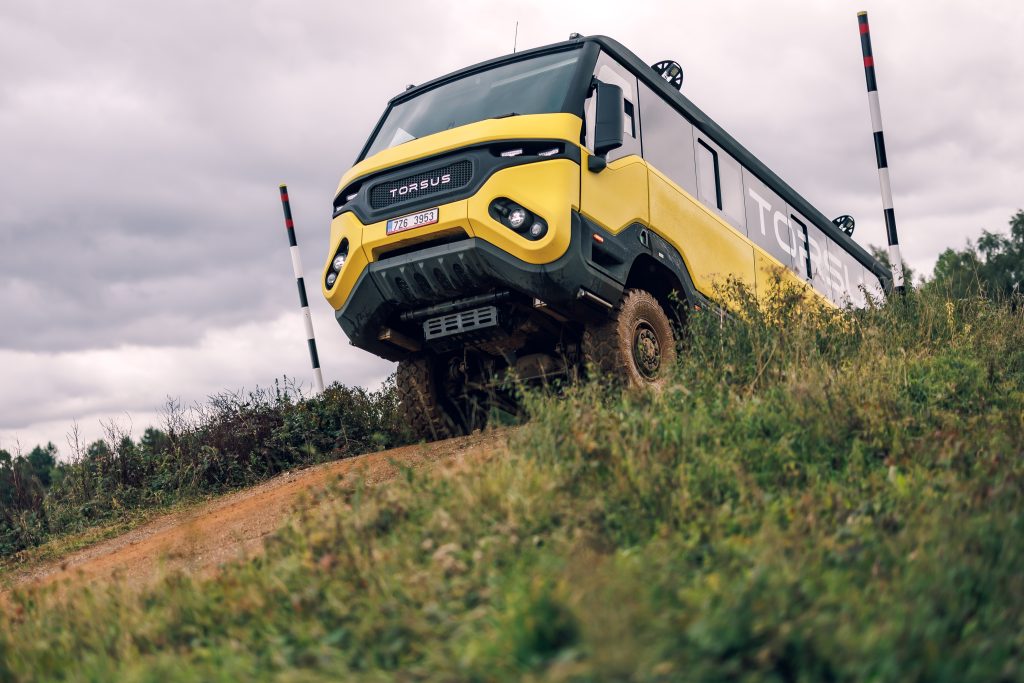
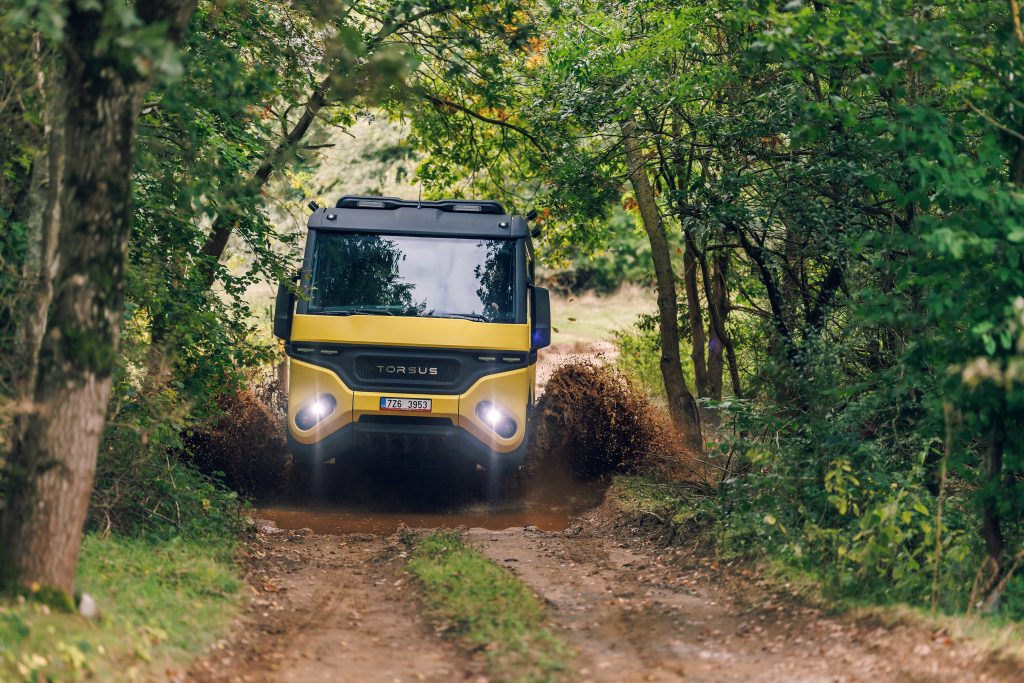
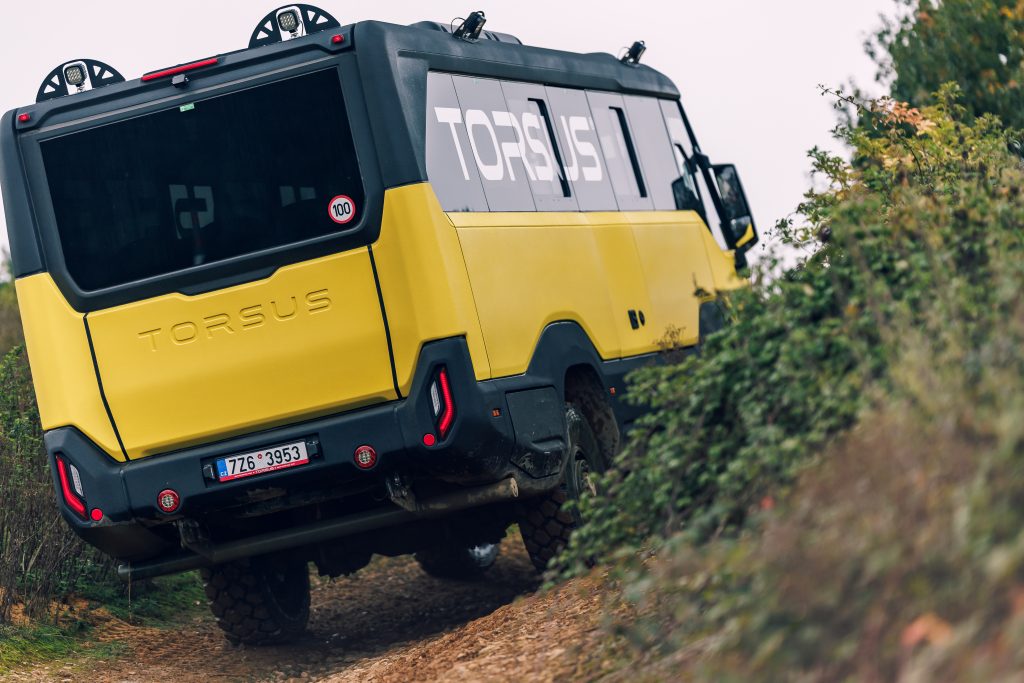
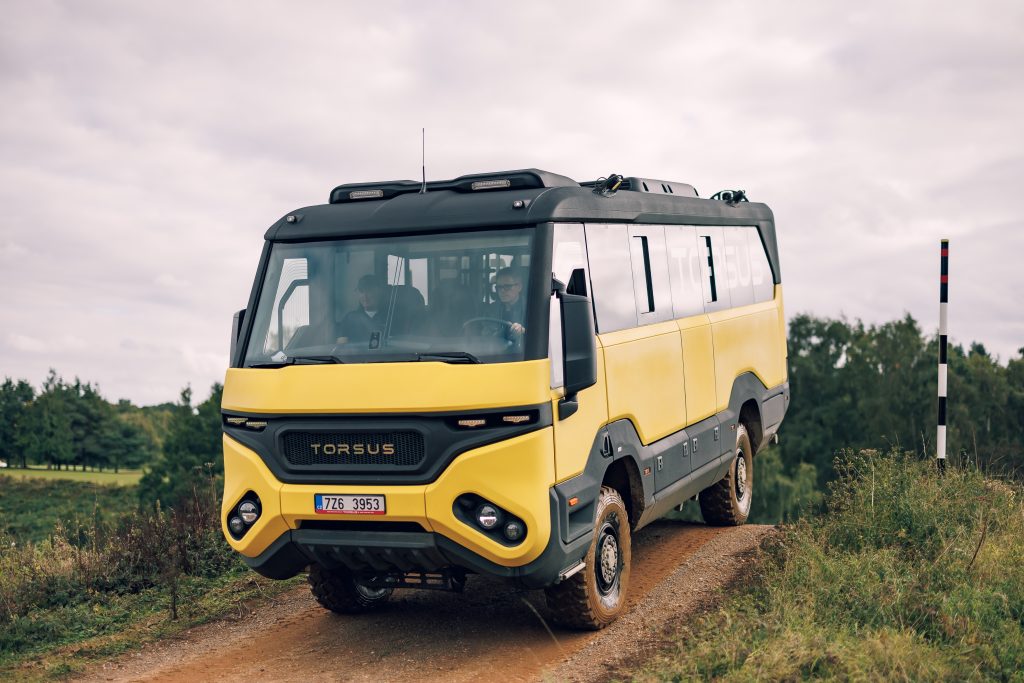
It’s quite a climb just to get aboard, even using the main passenger entrance. From there, I have to take a good few paces to get to the driving seat. There, I’m faced with a variety of unfamiliar controls, chiefly the main column stalk that controls the semi-automatic transmission. There’s also a push-button parking brake and a switch for the differential lock and low-range transfer case.
That said, the Praetorian is actually quite easy to drive. The steering is exceptionally light, if rather vague, but that’s no doubt designed-in: Over the ruts and bumps it fidgets left and right, but not to the extent that it’s likely to take a thumb off. The 290bhp MAN diesel is built for low-down torque, so on the few flat parts of the track it warrants a higher gear than I’d expect, though it never once looks likely to get stuck. Up and down vertigo-inducing slopes goes the bus without fuss, taking in major axle articulations, deep water and thick mud along the way. Even as the driver, cushioned by a sprung seat, it’s quite alarming what this vehicle can do. How it would feel in one of the 34 passenger seats I’m not sure I’d like to find out.
Around 100 or so of these €250,000 vehicles have been produced so far, and, although the course at Millbrook is pretty severe, it has nothing on the Praetorian’s most challenging real-world application – Mount Etna.
“It is the most extreme use because all the time they’re fully-loaded with 35 people, driving on an extremely bad road,” says Dzhukashvii. “This is very complicated terrain with small stones and a lot of dust from the volcanic eruptions, and [the buses are] driving hundreds of kilometres each day, up and down to the Hill, all the time shaking. And they’re doing this driving daily and in the winter there can be up to four metres of snow.”
The Terrastorm, meanwhile, has proven itself in even more arduous conditions. Based on a MAN TGE, the vehicle has survived enemy fire in the Ukraine and immersion in the floodwaters of Italy with the Red Cross. Around 160 are in active duty as ambulances, with a further 100 or so examples configured for a variety of other roles.
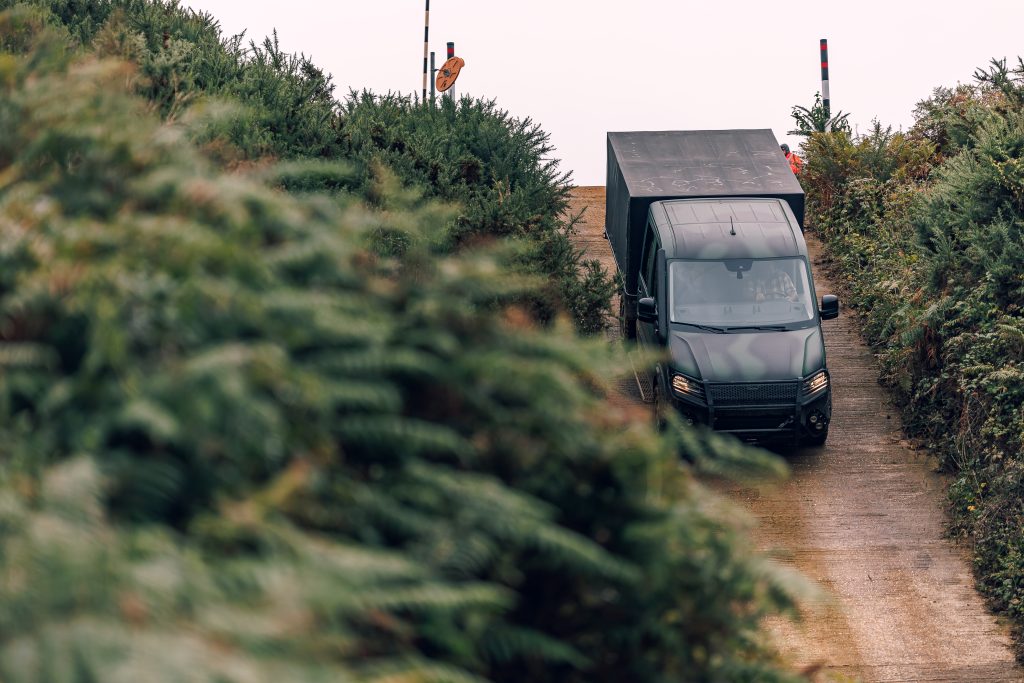

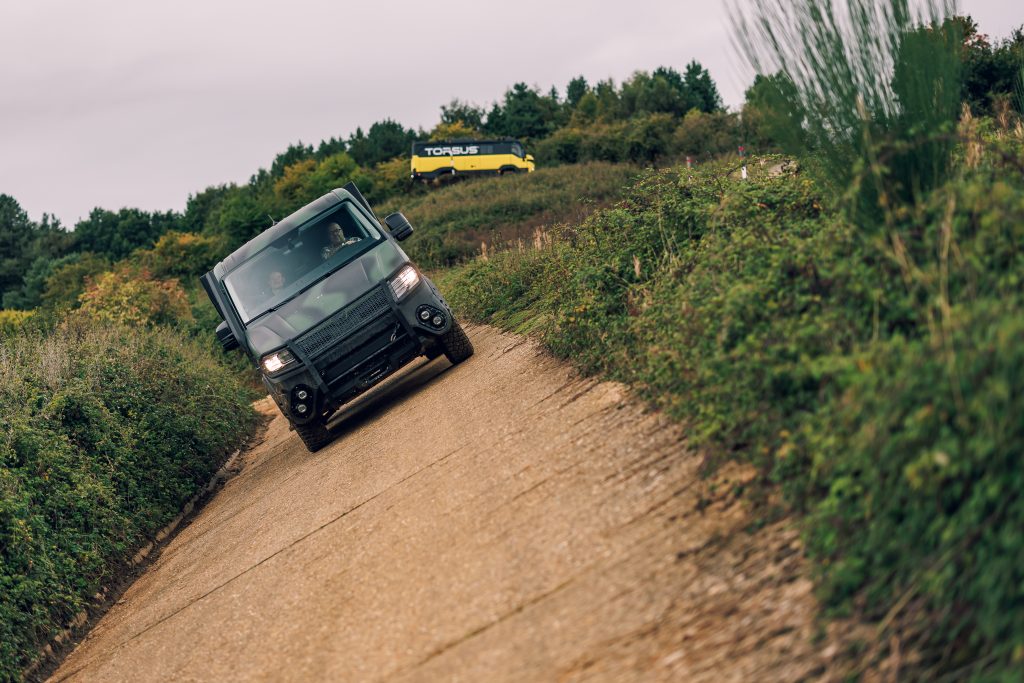
Ready for the assault course next is a military-spec Terrastorm with a canvas-covered flatbed and armour plating. Size-wise, it’s on a par with the VW Grand California I tried recently and so I immediately feel more comfortable than I did in the Praetorian. The Terrastorm has an amazing ability to take everything in its stride: Simply leave the transmission in automatic, and it works magic. Even dropping down the steepest hills, just when the vehicle feels like it might run away, the hill descent system kicks in and controls the fall. With this level of capability and ease of use, drivers need no special training to access remote areas, even when paved roads run out.
On the tarmac one might expect the raised ground clearance and off-road focused suspension and tyres to make the Terrastorm a little more of a handful, but the opposite is true. On Millbrook’s hill route – it’s famously the scene of James Bond’s seven-barrel-roll stunt in Casino Royale – a second, ambulance-spec Terrastorm gives no indication that it would repeat such a destructive spectacle, and I complete a couple of laps at emergency response speeds without pushing the vehicle’s limits.
Torsus vehicles really are remarkable – they are saving lives, working industriously, and making memories for passengers all over the world.

